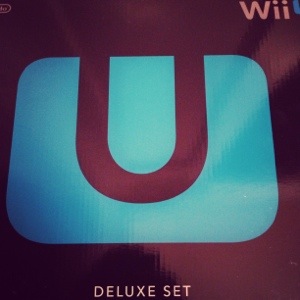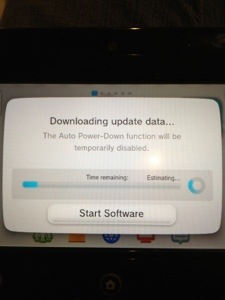I thought I’d share some additional thoughts on the Pebble now that I’ve had some real quality time for how it works. In general I remain really pleased. There are certainly things I would like to see update but given the limited roll this far I’m going some of this is in queue.
Smart mode shifts – when music is playing, the default screen should switch to player control vs time. It’s the likely next section… Right now you have to dig through the menus manually to get to music to even begin the process.
Better media control – my primary media player is spotify and there is simply no recognition when it’s active. There’s also no resume from the music app as you might expect given the lack of active recognition… Doubletwist works though doggcatcher my current podcast app of choice is also ignored. Some of this is likely how android works now than the Pebble but it’s lame.
Date & Calendar – time is nice but having quick access to see the date and access to my calendar would be quite useful.
Message history – get two emails but you can only read one. If you get a bunch of notifications during a meeting there’s no way to scroll back through. I find myself moving between meetings quite frequently and this is a perfect use opportunity.
Quick replies – rejecting a call with a note or replying quickly to a text would be awesome. Seems easy enough though perhaps the modal shift as mentioned in my music request needs to be implemented first…
Native apps – watch faces are just toys. Where is the augmented display for sport data? The navigation queue from maps etc. The only one I’m aware of is for the Lockitron connected lock. I’ve supported that project as well and look forward to seeing it come to life.
With that short list out of the way it’s clear that wearable ambient tech as a category is quite real. I love having easy scannable access to my digital world. I find a quick switch to the larger font even solves a quick view in the car. Outside in the cold is another great moment to quickly scan without having to unlock your phone.
I’m sure smarter devices are coming like the rumored Apple and Samsung products and i will be watching with considerable interest.

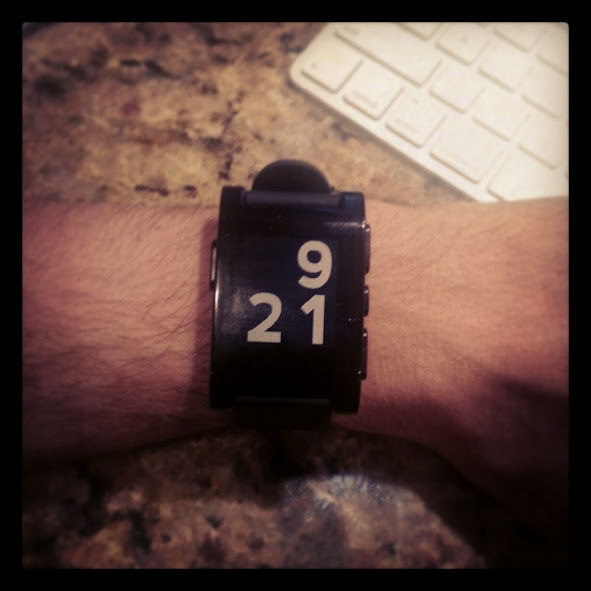
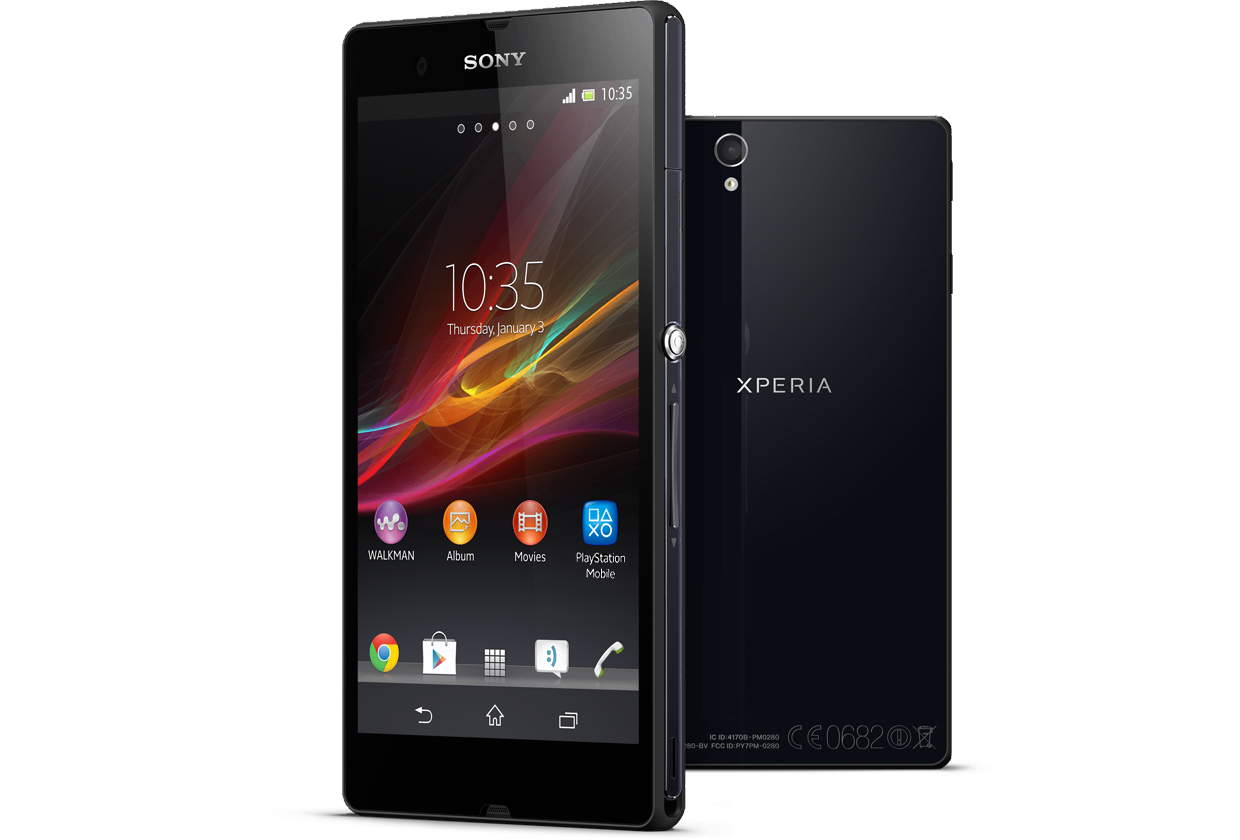
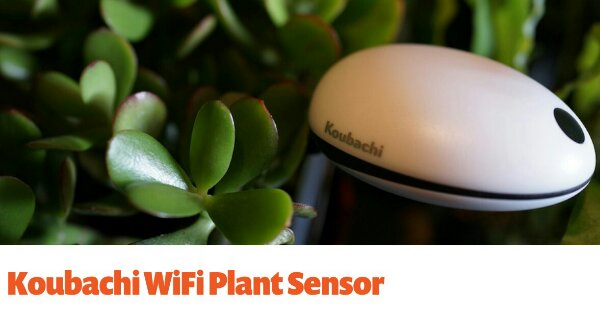

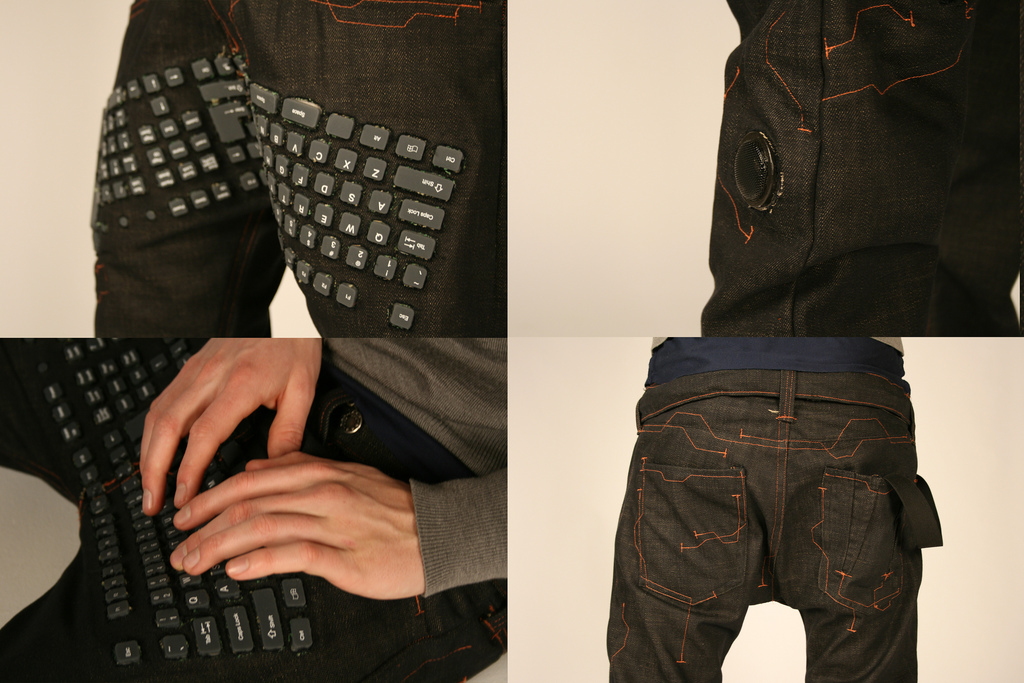
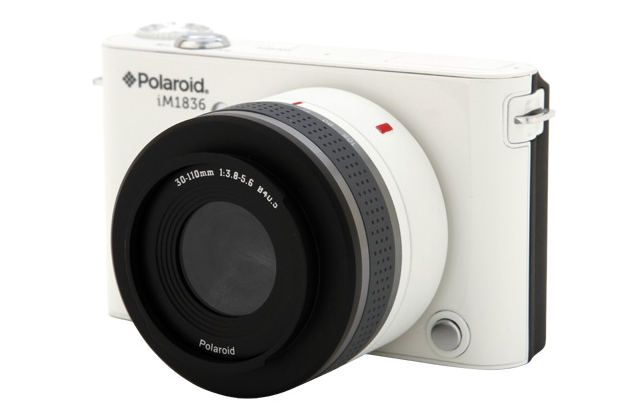
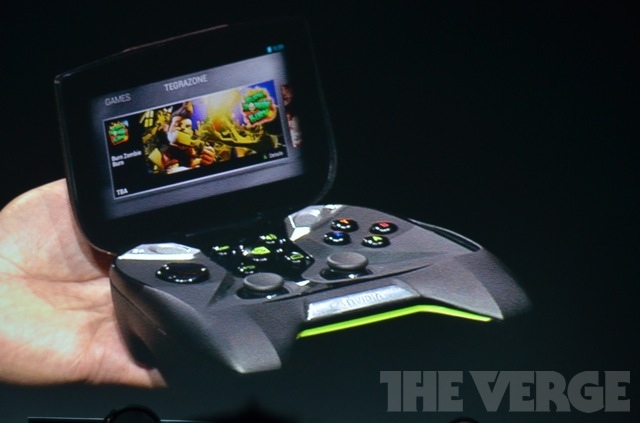
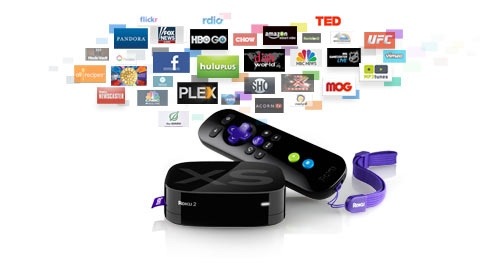
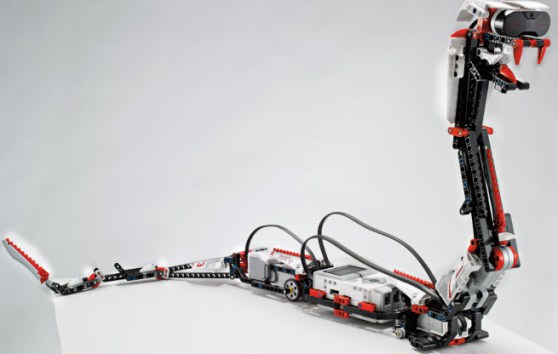
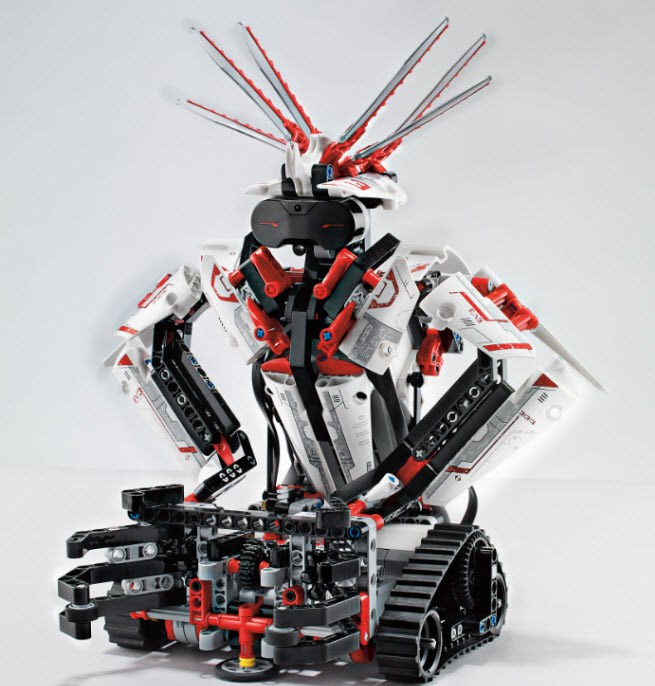
 Lumia 820
Lumia 820 iPhone 4S
iPhone 4S